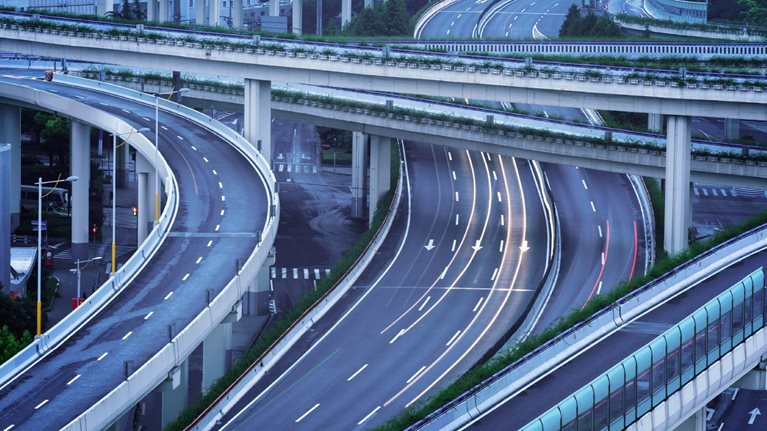Interview transcript
It was a terrible recession and it’s been a very slow recovery. People have looked at the history of recoveries, and this one stands out as being half the rate of growth, starting from a problem that was twice as deep in terms of loss of employment. As this continues, there is real concern that confidence possibly has not recovered so that people are not taking enough risks, not investing enough.
Now, one thing we asked ourselves is, “Well, what are some factors out there that really might—if they come together the right way—actually lead to a faster pace of recovery?” Not monetary policy, not fiscal policy. Those have to be right, no doubt about it. But they’re not sufficient; therefore, what else? What are some factors that might really help get us from a slow recovery to a somewhat faster recovery, with jobs?
And we went through a wide range of factors and came up with five that we call “game changers.” There are real opportunities in certain areas like the energy sector, the infrastructure sector, and trade, where there’s a lot that the private sector can do. Most of what we’re talking about here is where the private sector mobilizing around, say, new technology in big data, or new technology in shale discovery, can actually have an incentive to invest and move forward.
So I think the value of identification is also a value of pointing out essentially to the private sector, as well as to the government, “Here are some real opportunities,” which, if everyone comes together, can have a significant effect on growth over the period from now, 2013, to 2020.
And the outcomes are different for each area. So let’s start with energy, because around the world now people are looking at the US and saying, “My goodness. Because of this technology, which is now being applied, they are fundamentally going to change their dependence on energy imports. They are fundamentally going to have a lower price of energy as an input into a whole variety of production processes—petrochemicals, any energy-intensive activity, can benefit from this.
So if we look at that, you can get a pretty big effect by 2020. Our high-end range for that is $700 billion a year of incremental GDP by 2020. That’s a big number. On the other hand, we also looked at things which would take more time. They can have an effect by 2020, but they bring the economy going forward to a stronger space.
I would put our proposals on talent development there, where we’re saying maybe you get, as an increment to GDP by 2020, $200 billion a year. But by 2030, you’re looking at an addition to the US economy of nearly $2 trillion. So this could get us on the right path, and then that gives us future growth potential as well.
Another area is infrastructure. This is very interesting, because there has been widespread support among the economics community that infrastructure is a great way to handle the slow recovery. It creates demand now and it’s a great way to boost competitiveness, because it creates capabilities and increases productivity, later. So it’s a kind of twofer. It’s wonderful.
We first estimated the gap between what we think is required to give us the infrastructure we need to remain competitive and current projected spending levels. The gap is about $150 billion a year of infrastructure investment we should be making that we are currently not making. It’s a very interesting number. That number has come up in that range in a number of studies, and there’s broad consensus that we should be doing this.
Now, it’s relatively straightforward in infrastructure to go from spending on infrastructure to job creation. So basically, there you see that the effect is primarily dramatically on jobs—the 1.8 million additional jobs that come from infrastructure investment. Infrastructure investment also adds directly to GDP by 2020. The increment there is in the order of $300–400 billion.
When we think about infrastructure spending, we think about its immediate effect on aggregate demand and that multiplier effect through the economy. So if you repair a bridge, or if you build a port or a new facility at a port, you’re immediately employing people. They are immediately earning income. They are immediately spending that income throughout the economy.
So economists have studied the multiplier effects for various kinds of investment spending, and infrastructure spending has a large multiplier effect. That’s the immediate effect of infrastructure. Even before the project is done, it is creating demand and jobs, and filtering through the economy in additional jobs.
Once the project is done, the focus turns to competitiveness or growth: How does the repaired bridge bring down congestion and increase productivity? How does the new port facility accommodate additional exports from the United States? So that’s why infrastructure investment is viewed as so powerful, because of its immediate effects: the multiplier and demand; and the long-term effects: productivity, exports, growth.
There are a variety of things one can do, from looking at lags in decision making and regulation to using cost–benefit analysis, to focusing on rebuilding and repairing. Rather than building a new bridge, you rebuild or repair an existing bridge. And that, of course, comes from cost–benefit analysis. You can figure that out if you use the process of decision making correctly.

